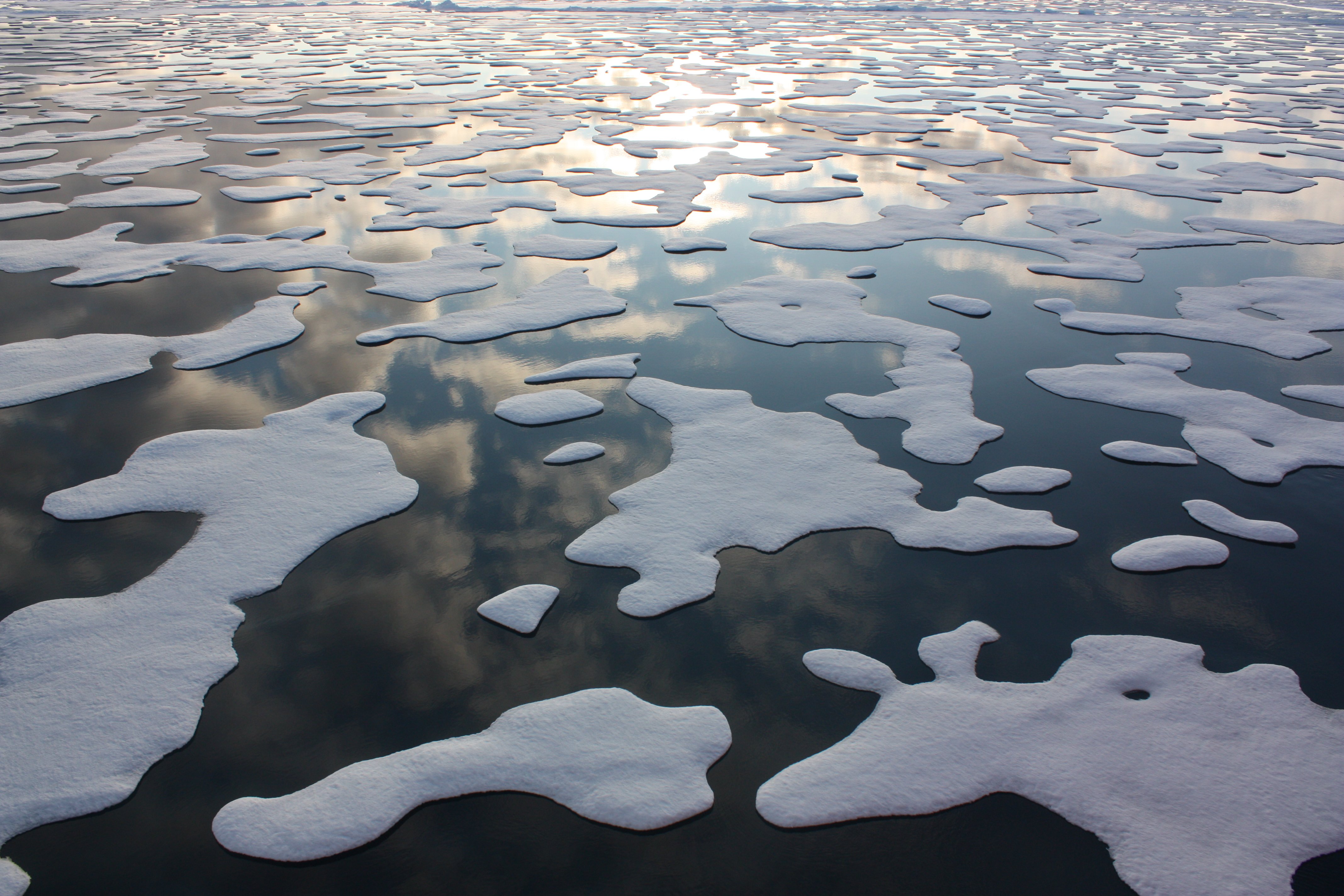Since ice and snow reflect more energy than water, melt ponds have a significant influence on the amount of energy absorbed at the Earth’s surface. Sea ice poses a major challenge for climate modelers. Mathematicians have developed some universal rules of thumb to characterize sea ice and the surface area of melt ponds irrespective of the details of how the melt ponds were fromed. These rules simplify the modelers’ task and help improve the quality of computational climate studies.
